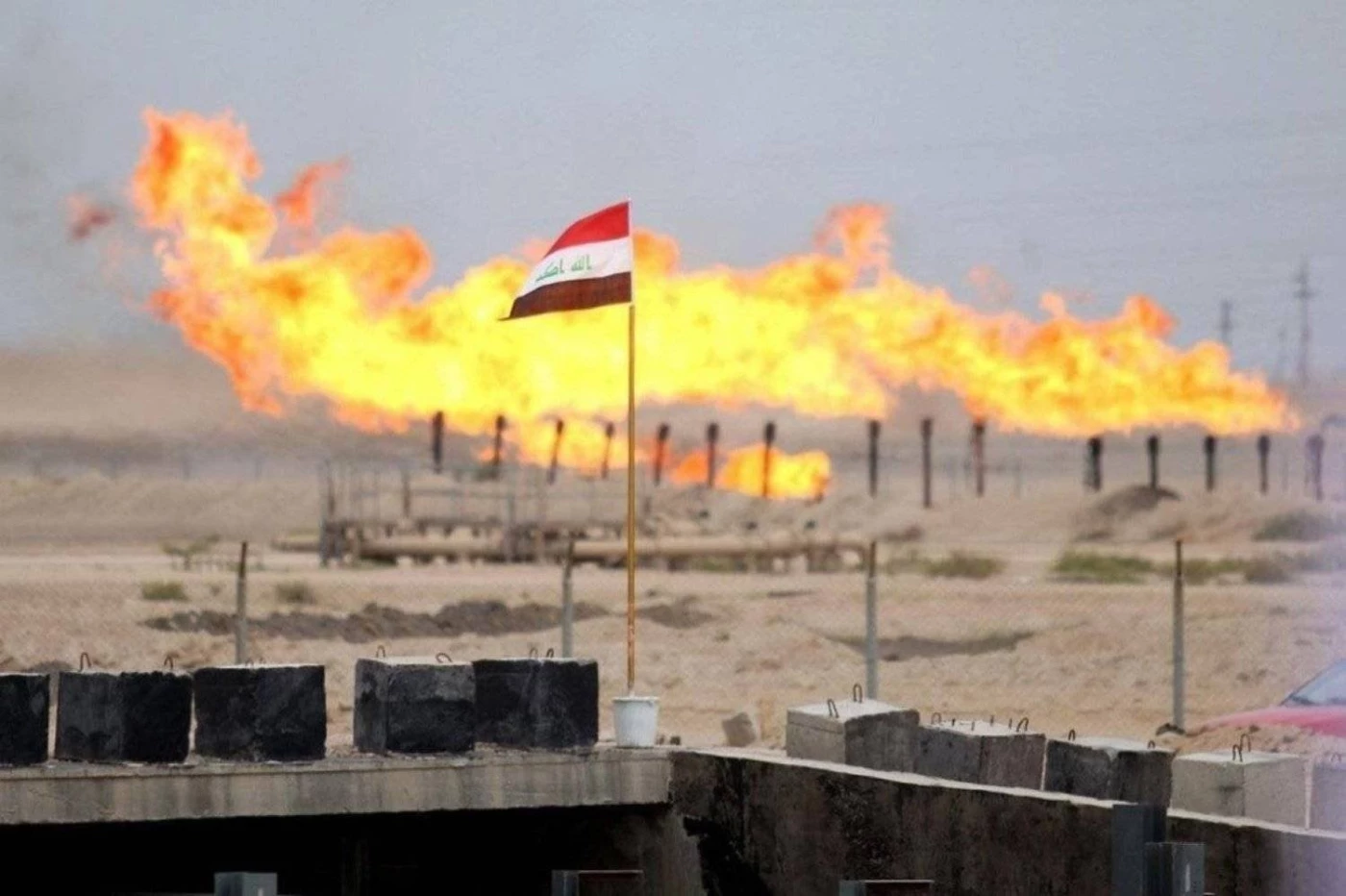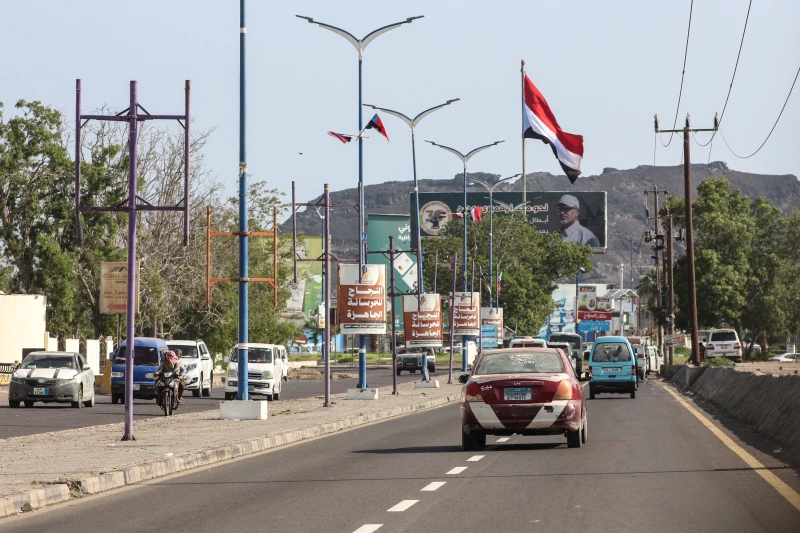The Iraqi Ministry of Oil announced on Monday several investment projects in southern Iraq aimed at achieving zero flaring of gas within the next five years.
Highlighting the efforts, the Ministry pointed to the Integrated Gas Growth Project managed by Total Energies as the most significant initiative currently underway.
Majid Al-Shawaf, Deputy Director General for Technical Affairs at the South Gas Company of Iraq, said of the government's focus on reducing gas flaring, "The quantities of gas being harnessed are steadily increasing, with the goal of reaching zero flaring within the next five years.”
Al-Shawaf explained that investments are being made in several projects in Basra, with ongoing efforts to enhance and expand production capacities. He highlighted the Integrated Gas Growth Project, which aims to process 600 million standard cubic feet of gas from the six fields of Artawi, West Qurna 2, Majnoon, Subba, Tuba, and Lahis.
The first phase, targeting 300 million cubic feet, is expected to be operational by November 2027, with the second phase completing around 2030.
The Ministry also reported significant progress in updating existing infrastructure, which dates back to the 1970s. "We have managed to increase production capacities and utilize what was previously flared in oil fields," said Al-Shawaf, noting improvements at fields like North Rumaila, South Rumaila, West Qurna 1, and Zubair.
Additionally, the Nasiriyah Project, currently 60% complete, aims to collect gas from the Nasiriyah and Garraf fields with a capacity of 200 million standard cubic feet. It is expected to become operational next year.
The Ministry's initiatives reflect Iraq's broader commitment to leveraging its natural gas resources more efficiently and sustainably, reducing environmental impact, and boosting economic returns from its energy sector.
The Iraqi Ministry of Oil is implementing a medium-term plan to enhance gas utilization, aiming to capitalize on its abundant yet underutilized natural gas reserves. Asim Jihad, the ministry spokesperson, announced Tuesday a current gas utilization rate of 62% and highlighted ongoing projects to expand this further.
A notable project at the Maysan's Halfaya field now supplies 300 million cubic feet per day of dry gas to power plants, along with significant quantities of liquefied gas for national production. In Thi Qar's Garraf and Nasiriyah fields, efforts to harness associated gas are 70% complete, adding 200 million cubic feet per day.
Iraq has signed contracts with Total to increase production by 600 million cubic feet per day in two phases at the Nahr Bin Omar field. Additionally, agreements to develop the Akkas and Mansuriyah fields will further bolster Iraq's energy self-sufficiency and enhance hydrocarbon structures.
A recent gas swap agreement between Iran and Turkmenistan will facilitate the transfer of up to 10 billion cubic meters of Turkmenistan gas annually to Iraq via Iran. This deal includes constructing a new pipeline and compressor stations to increase Turkmenistan's export capacity to 40 billion cubic meters annually.
Despite producing 3.1 billion cubic feet of natural gas daily, Iraq continues to flare a substantial portion due to inadequate processing infrastructure. The country aims to halt gas flaring by 2028, but faces challenges in converting gas for domestic use or export.
Iraq spends nearly $4 billion annually on gas and electricity imports from Iran while struggling to efficiently utilize its own resources.



 Facebook
Facebook
 LinkedIn
LinkedIn
 Telegram
Telegram
 X
X


